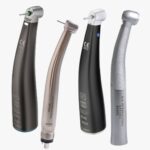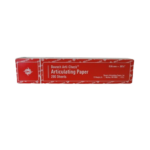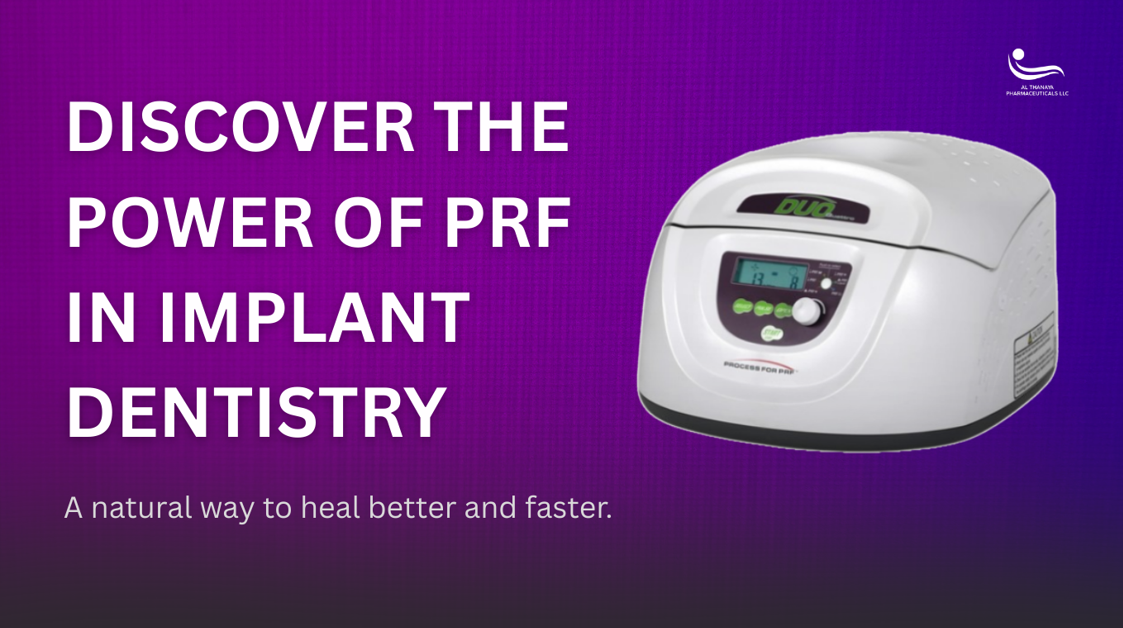
The Secret Behind Faster Healing: How PRF is Transforming Implant Dentistry
The implant was placed perfectly. The surgery went smoothly. But what happened after—that’s what surprised everyone. The healing was fast. The discomfort? Minimal. And the
Al Thanaya Pharmaceuticals LLC
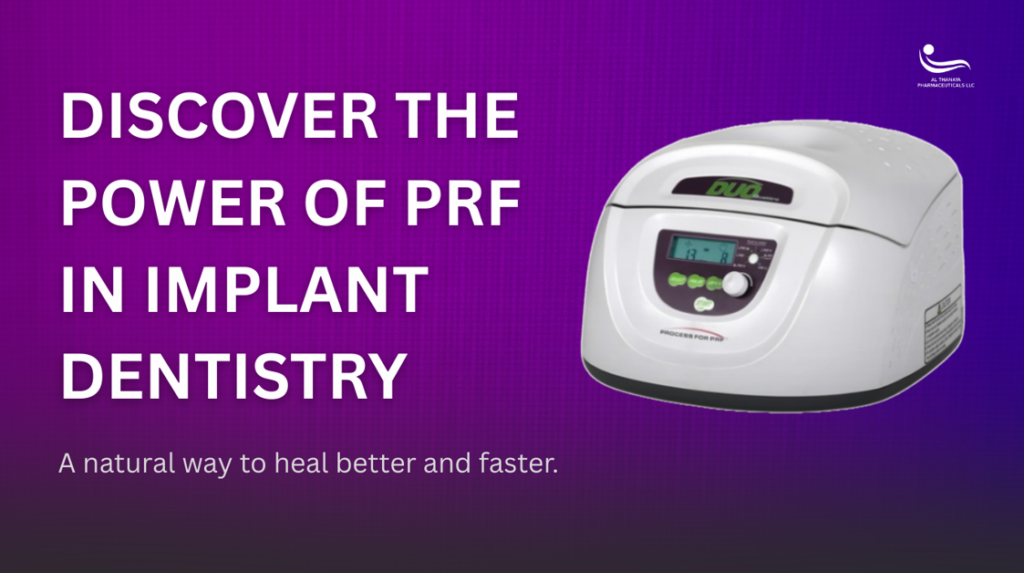
The implant was placed perfectly. The surgery went smoothly. But what happened after—that’s what surprised everyone.
The healing was fast. The discomfort? Minimal. And the results? Outstanding.
What made the difference wasn’t a fancy machine or a high-tech implant material—it was something much simpler, and entirely natural: Platelet-Rich Fibrin, or PRF.
In the world of dental implants, PRF is quietly becoming the unsung hero of recovery—speeding up healing, improving outcomes, and changing the post-op experience for patients and dentists alike.
If you’re in the dental field or considering an implant, understanding PRF might just change the way you view post-surgical healing and patient outcomes.
Platelet-Rich Fibrin is a natural concentrate of platelets and growth factors derived from the patient’s own blood. It’s created by spinning a small amount of blood in a centrifuge—without anticoagulants—allowing for the formation of fibrin clot rich in healing properties.
This clot can be shaped into membranes, plugs, or mixed with bone graft material to supercharge regeneration and improve healing after dental implant surgery.
1. Accelerated Healing
PRF delivers a potent mix of growth factors (like PDGF, TGF-β, and VEGF) directly to the surgical site. This not only speeds up soft tissue healing but also enhances angiogenesis—the formation of new blood vessels—crucial for implant integration.
2. Improved Bone Regeneration
When used with grafting materials, PRF acts as a biological scaffold, promoting improved bone formation. This is particularly beneficial in sinus lifts, ridge augmentations, and extraction socket preservation prior to implant placement.
3. Reduced Post-Operative Discomfort
Thanks to its natural anti-inflammatory and antibacterial properties, PRF can significantly reduce pain, swelling, and infection risk following implant procedures—enhancing overall patient comfort and recovery.
4. Enhanced Osseointegration
Osseointegration—the process where the implant fuses with the jawbone—is essential for long-term success. PRF supports this by improving vascularity and minimizing inflammation, creating the ideal environment for strong dental implant integration.

While both PRP (Platelet-Rich Plasma) and PRF are derived from blood, PRF offers distinct advantages:
The introduction of PRF into dental implantology is more than just an upgrade—it’s a shift toward natural, biologically active healing.
Whether you’re a clinician aiming to improve implant success rates or a patient exploring holistic recovery options, Platelet-Rich Fibrin offers a compelling edge in modern dentistry.
Whether you’re a clinician aiming to boost implant success or a patient looking for a gentler, faster recovery, PRF offers a unique advantage.
As the dental world moves toward regenerative, minimally invasive solutions, PRF is leading the way—and it’s only just getting started.
Want to learn more about how this product can benefit your practice? Get in touch with us for a demo session.

The implant was placed perfectly. The surgery went smoothly. But what happened after—that’s what surprised everyone. The healing was fast. The discomfort? Minimal. And the
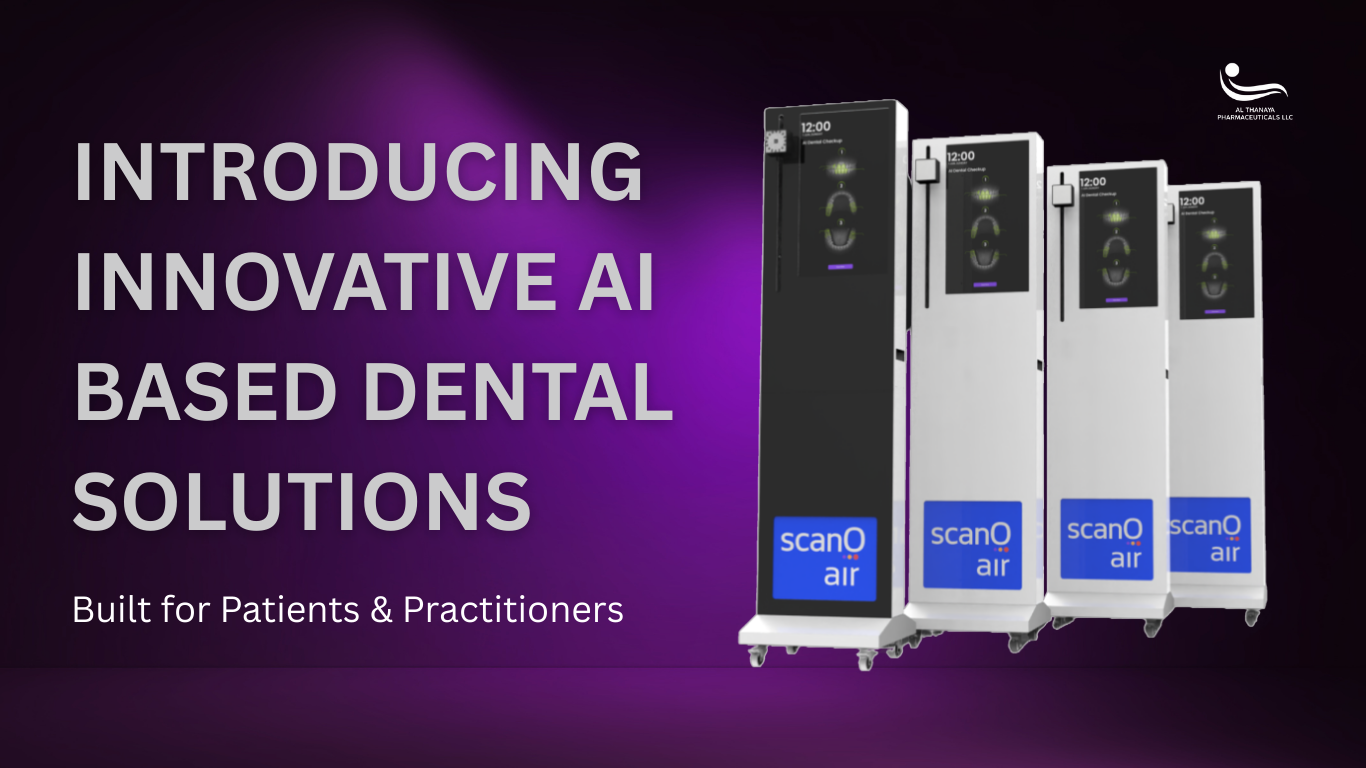
The future of dentistry is already here, and it’s smarter than ever. Meet Scano Air, the innovative AI-based screening tool that’s changing the game for dental professionals and patients alike.
